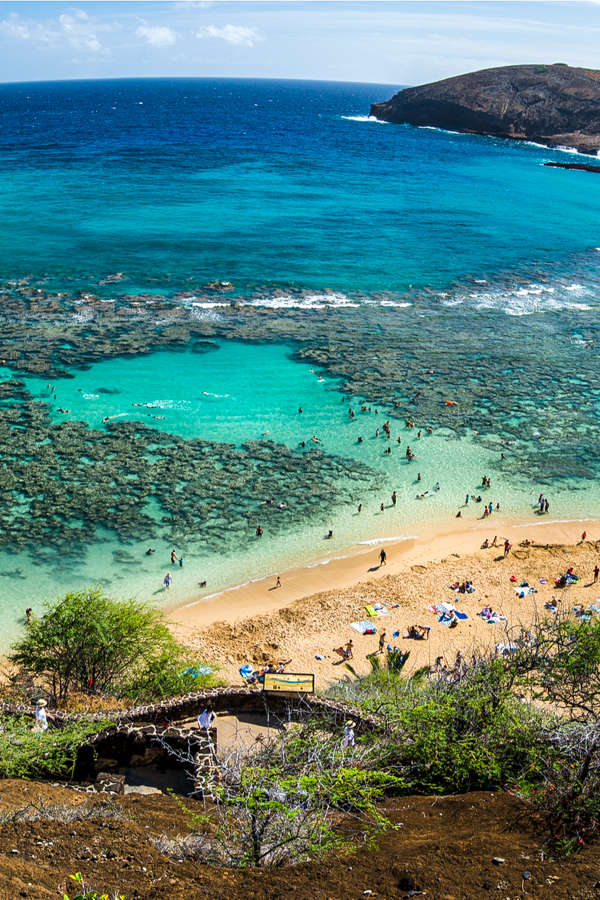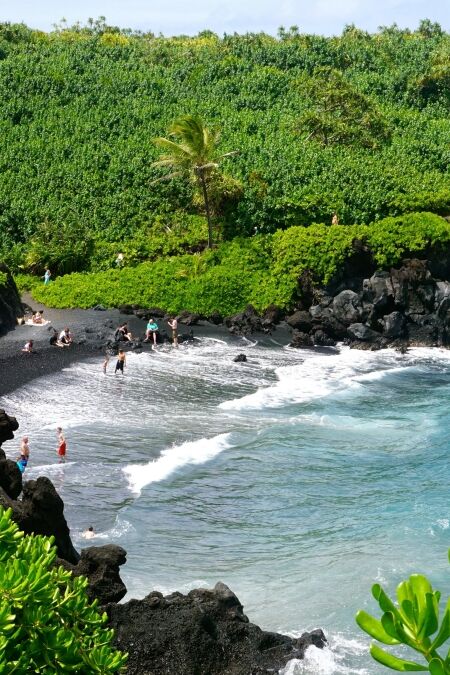As you prepare to explore the iconic Road to Hana, packing appropriately is essential to maximize your experience. This article will guide you through the essential items to bring along, ensuring you’re well-prepared for every twist and turn of this unforgettable adventure.
Understanding the Road to Hana: Weather and Terrain
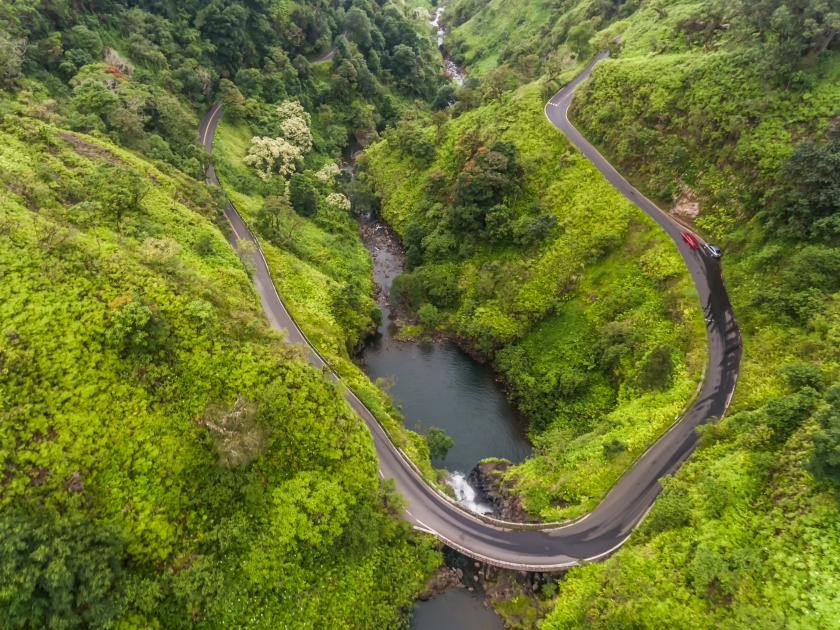
The Road to Hana is famed not only for its stunning vistas but also for its unpredictable weather and challenging terrain. Travelers can expect a variety of weather conditions, ranging from sunny skies to sudden rain showers, due to the area’s diverse microclimates. The road itself, with over 600 curves and more than 50 one-lane bridges, requires careful navigation through lush rainforests and alongside rugged coastlines. This variability in weather and road conditions makes it crucial to prepare accordingly, ensuring both comfort and safety as you traverse this dynamic landscape.
Essential Clothing for the Road to Hana
For a comfortable journey along the Road to Hana, it’s vital to dress appropriately for both the drive and the exploration. Opt for loose, breathable clothing that will keep you comfortable during long hours in the car. Given the frequent and sudden changes in weather, layering is key; pack a lightweight rain jacket and several layers that you can easily add or remove as needed. Sturdy, water-resistant footwear is also essential, as you’ll encounter various terrains—from slippery waterfall paths to rugged coastal trails.
Must-Have Gear for Every Traveler
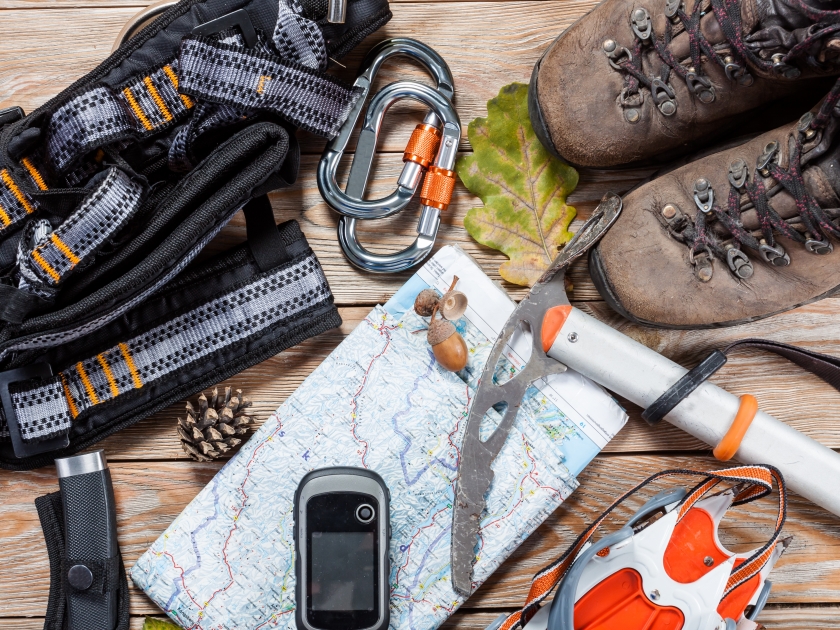
Ensure you have reliable maps and navigation tools, as cell service can be spotty; a physical map or a GPS device with offline capabilities will keep you on track. Don’t forget to bring a camera to capture the stunning landscapes and scenic stops, along with extra batteries or chargers to keep it powered throughout the trip. Additionally, water-resistant bags or covers are essential to protect your electronics and personal items from sudden rain showers, ensuring that nothing dampens your adventure through Maui’s tropical paradise.
Food and Snacks: Staying Energized
Keeping energized and hydrated on the Road to Hana is crucial, given the length of the journey and the limited availability of services along the route. Pack a variety of easy-to-carry, non-perishable food items such as nuts, dried fruits, granola bars, and sandwiches to maintain your energy levels throughout the day. Hydration is equally important, especially in the tropical climate; bring sufficient water bottles and consider a larger water storage solution if you’re traveling with a group.
Safety and Emergency Preparedness
Safety and emergency preparedness are paramount when navigating the Road to Hana. Start by packing a comprehensive first aid kit equipped with bandages, antiseptics, pain relievers, and allergy medications to handle minor injuries or allergic reactions. Include a list of emergency contact numbers, not only for personal emergencies but also for vehicle assistance, as mobile reception can be unreliable. Additionally, a well-stocked car safety kit should contain items like a flashlight, a multi-tool, a spare tire, and jumper cables to address common roadside issues.
Tech Essentials for the Road to Hana
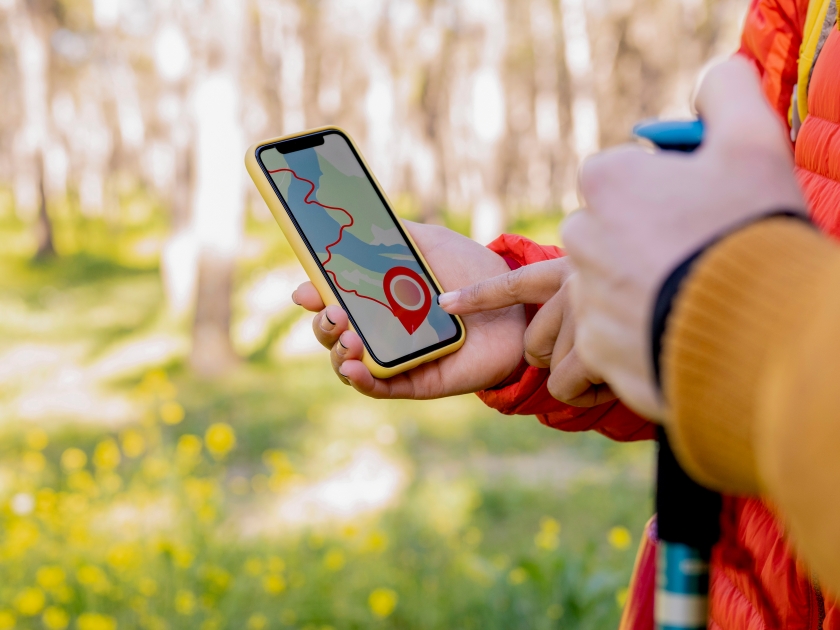
For a seamless Road to Hana adventure, integrating tech essentials is key. Load your smartphone with travel and navigation apps that work offline to guide you along this remote route. These apps can provide real-time alerts about road conditions and points of interest. To keep your devices operational throughout the day, carry portable chargers and power banks, as outlets may be scarce. It’s also important to use technology responsibly in such remote areas; avoid loud music and distractions that can detract from the natural beauty and disturb wildlife.
Extras for Enhanced Experience
To enrich your Road to Hana journey, consider bringing along a few extras that can greatly enhance your experience. Pack a pair of binoculars for a closer look at the distant waterfalls, lush rainforests, and rare wildlife that make this drive uniquely spectacular. Keeping a travel journal or diary allows you to capture and reflect on your experiences, turning fleeting moments into lasting memories. Additionally, bringing guidebooks or hiring local guides can provide deeper insights into the area’s history and culture, offering stories and details that you might otherwise miss.
Packing Tips: Maximizing Space and Efficiency
- Place items you’ll need frequently in easy-to-reach spots, such as snacks, water, maps, and first aid kits.
- Utilize all available spaces, including under seats and in-door pockets, for smaller items or emergency tools.
- Consider using vacuum-sealed bags for clothing to reduce volume and free up more space for other essentials.
- Pack heavy items at the bottom and towards the center of the trunk to maintain the balance and stability of the car.
- Arrange items in the order of use; things needed last should go in first, ensuring the first items you need are easily accessible.
- Focus on multipurpose items such as a Swiss Army knife or clothing that can be layered or worn in multiple combinations.
- Review your itinerary and pack only what’s necessary for the activities planned to avoid overpacking.
- Check off items as you pack them to maintain organization and ensure nothing important is left behind.
Pack Smart, Travel Far!
As you prepare for your Road to Hana adventure, remember the essentials that will make your journey comfortable and memorable: appropriate attire for varying weather, essential gear for navigation and safety, and snacks for sustained energy. Keep your load light but comprehensive, ensuring you have all necessary items without overpacking. Above all, embrace the spirit of adventure and the unexpected delights along the way!



